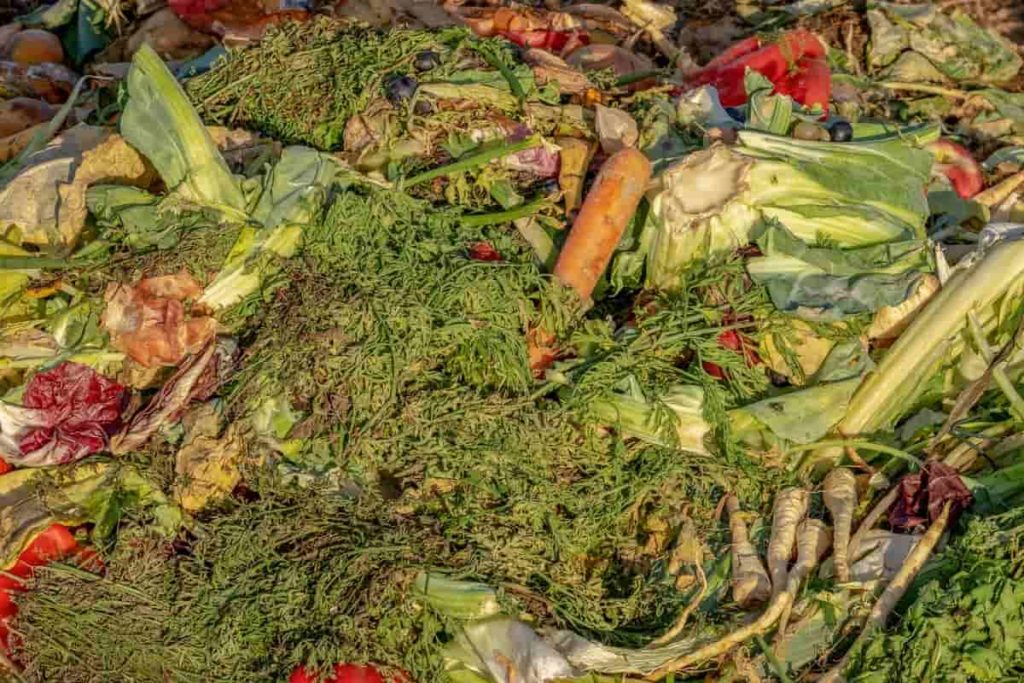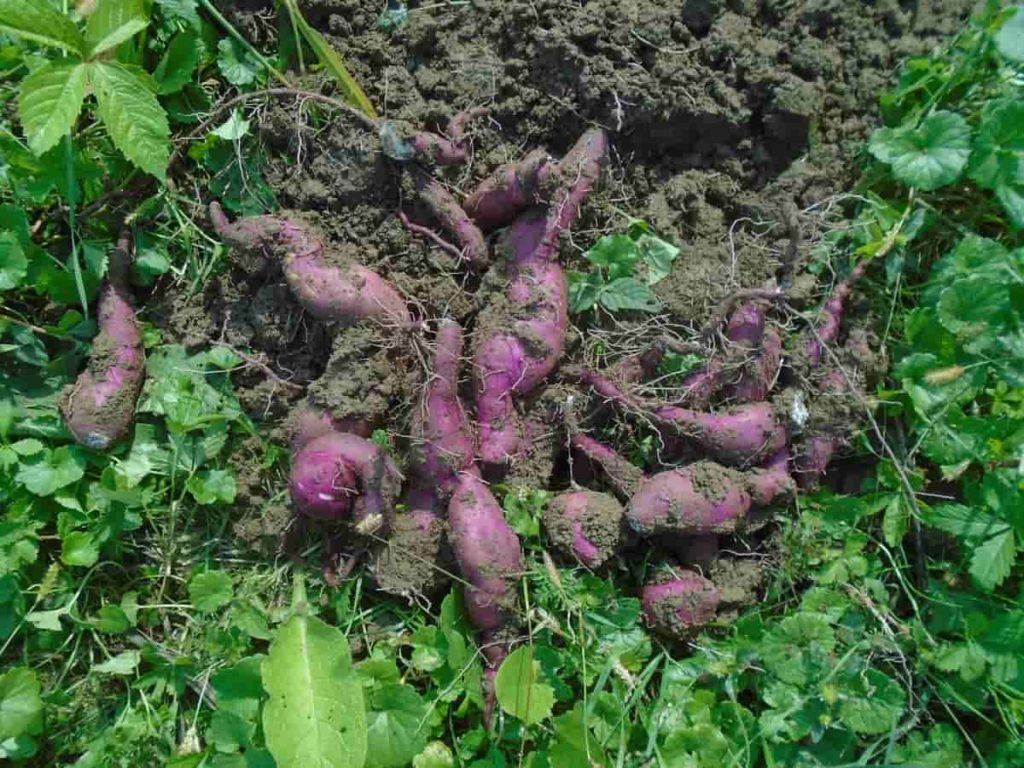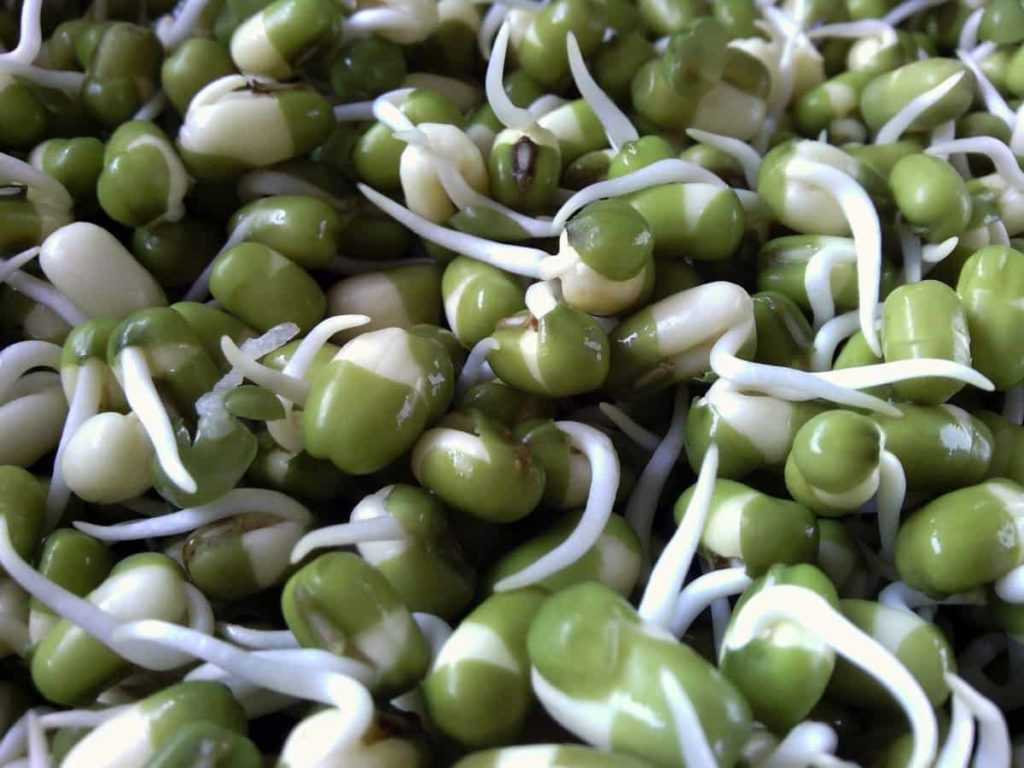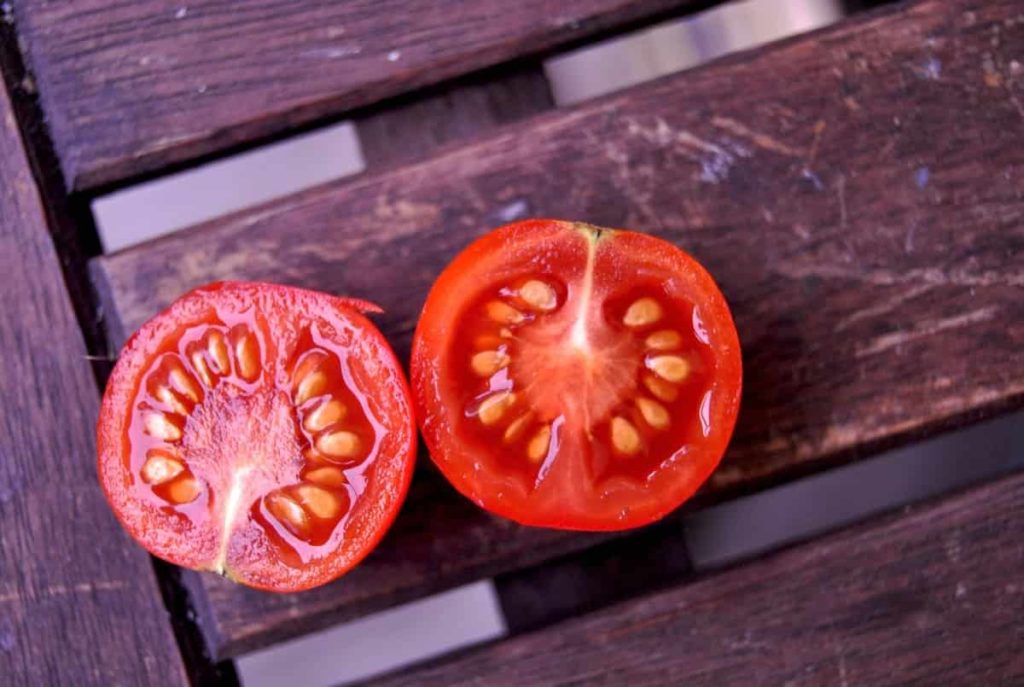Organic waste, which is mostly produced as kitchen scraps, is easiest to recycle in fertilizer and can easily be used for homemade plants and kitchen gardens. Kitchen scrap gardening is when you grow plants from items that you usually throw in your compost bucket. Vegetable and fruit scraps like Lemon, Sweet potatoes, Carrots, Beetroot, Onions, Celery, and ginger work well. Let’s check out some vegetables to regrow from kitchen scraps.

The best thing about starting a garden is that you grow from scraps that it’s free. If you are new to gardening and don’t want to invest too much money in buying plants and seeds, follow the strategy to start your garden with some food cutting that would otherwise have been thrown into the trash.
How to regrow vegetables from kitchen scrap
Reduce waste, save money and get creative by regrowing your vegetables using leftover kitchen scraps. Many of us are spending more time at home, this is the best opportunity to slip on our gardening gloves and put our food waste to good use, and at no extra cost.
It is as easy to regrow vegetables from scraps as keeping your chosen vegetable heads or tops in a dish filled with about an inch of fresh water and placing them in a sunny place like your kitchen window. Then, all you need to do is change the water daily and see your vegetables hear off-cuts, which would have been destined for fertilizer, start sprouting new leaves, and eventually grow completely again.
Top 17 vegetables to regrow from kitchen scraps in water
Carrot
Cut one part after another over the plant, a part you usually make compost and put in a container with about an inch of water. Leave the top uncovered and after a couple of days, you will see new leaves growing. Place the carrots in the container until the roots are a couple of inches long, then transplant them into the ground.
In case you miss this: Houseplants That Will Thrive In Your Kitchen

Potato
Take a potato with the visible sprouts and cut it in half. Stick some toothpaste over one end and cut the potatoes into water and cut them down. Make sure the toothpicks hold the potatoes safely in the water. If placed in sunlight, it should sprout over itself in about four days. Once the new sprouts are about four inches long, twist them and place them in shallow water. Once their roots measure an inch, you can plant these sprouts.
Lettuce
Instead of throwing out these leftover leaves of Lettuce, place them in just a bowl with only a little water underneath. Place the bowl somewhere with good sunlight and mist the leaves with water once or twice every week. After 3 or 4 days, you will see the roots appearing with the new leaves. You can transplant your Lettuce into the soil when this happens.
Celery
Cut Celery stalks from the base as usual, but instead of throwing away this base, place it in a shallow cup of water on sunny windows, exposing the top. In a few days, you will see fresh green growth emerging from the center. Change the water every two days and see the plant flourish, until the outer stalks lose their color and fade. Once new development is established, transfer the growing celery to a garden or pottery to continue its development.
Sweet potato
Sweet potato is also a candidate for re-growing. Cut a couple of inches from the bottom of each Sweet potato, and insert some toothpicks. Then, put the Sweet potatoes down, in a jar of water, rest the tooth-kicks on the rim. Place it in a bright place and plant it in the soil after the roots are formed.
In case you miss this: How To Make Liquid Fertilizer From Kitchen Waste

Green onions
If you cut and toss the Onion end with small roots coming out of it, try growing a new onion with it instead. Root it out some standard potting should be finished in the soil, place it in a sunny window, keep it in water and watch it grow. In less than two weeks it will be long enough to cut upwards to eat.
Cilantro
Cilantro can also be grown from kitchen scraps. Just place a glass of water under the stem and leave it in a bright area, probably near a window. When the roots are a couple of inches long, you can transplant the Cilantro into a pot and you’ll see new twigs in just a few weeks.
Fennel
Bulb fennel is another vegetable that can be regrown like Celery. Then, just place the base of the bulb in shallow water and wait for the plant to grow again. For best results, it is better to keep about 2 centimeters per 1 inch of the base attached to intact roots. As you see new green shoots coming out of the middle of the base, you can replant them to the soil.
Bean sprouts
All you need to do is soak a tablespoon or the kind of beans you want to grow in a jar with shallow water. Leave it overnight and in the morning, drain the water and put the beans back into the container. Cover the container with a towel overnight and wash them the next morning. Keep doing it until you know the sprouts start sprouting and then until they reach the size you want. It works well with peanuts and wheat berries.
In case you miss this: Composting Kitchen Waste in Apartments – Full Guide

Turnips, Parsnips
Root plants, such as Turnips and Parsnips, are perfect for growing again. Save the vegetable stem and place them in a container with half an inch of water. Green leaves will start growing after a few days, but wait until they are a few inches long before they are planted to the ground.
Onion
There are other simple bulbs to grow again from the scrap, such as yellow or red onions. Just cut an inch piece from the root end of the onion and set it on the ground or in a bowl of shallow water with a cut surface over the water. It will soon start reproducing its roots which can then be planted in the soil. You can set a whole onion in water and watch it sprout. Then it can be planted outside.
Leeks
Leeks regrow just like green onions, although they can take a little more time based on their gross size. Leave approximately two inches of leek from the bottom, and place them in a bowl of water.
Cabbage
Like Celery, Cabbage can be regrown from the root base. Although Cabbage can also be started in water, it is sometimes more effective to start in shallow soil. Ensure that soil is kept particularly moist for the first one or two weeks to encourage new growth.
In case you miss this: Growing Kitchen Herbs in Pots, Containers At Home

Regrow vegetables from kitchen scraps in soil
Pepper
You can produce a lot of hot peppers from seeds that have survived. Just collect seeds from your Habaneros, Jalapenos, or any other peppers that you have in your hands. Plant them in potting soil and place them directly in sunlight until it is hot outside and then you can only plant them in your garden area. Peppers grow relatively fast and do not require a lot of care. Once you have found a new crop, save some seeds to replant.
Tomato
Tomatoes can only be grown by saving seeds that you probably throw out anyway. You just have to wash the seeds and let them dry. Plant a good, rich potting in the soil until you feel the growth. Let the seeds go a few inches high before transplanting them out. You can grow your Tomatoes indoors during cold weather. Just remember to keep them in an area where there is plenty of sunlight and water a few times every week.
In case you miss this: Kitchen Garden Advantages and Disadvantages

Garlic
The garlic bulb is made up of individual garlic cloves. You can cut a full bulb of garlic next spring or summer. It’s ready when the top starts to yellow and falls. You can also plant garlic cloves in the pots indoors near the sunny window and provide a steady supply of fresh garlic bulbs.
Pumpkin
You can save and plant pumpkin seeds. Even if you prefer to toast your seeds for a fun breakfast, you can save a couple to grow new pumpkins. Just spread the seeds outside in the sunny area and cover them with soil. When fully grown, harvest pumpkin, then repeat the process with new seeds.
- How to Grow Tomatoes Organically at Home: A Comprehensive Guide
- Organic Gardening on a Budget: Low-Cost Methods and Materials
- Gongura Seed Germination and Planting Methods
- Cabbage Seed Germination and Selection
- Broccoli Seed Germination and Selection
- Asparagus Seed Germination and Variety Selection
- Seasonal Flower Gardening: Best Practices for Spring, Summer, Fall, and Winter
- How to Grow Hibiscus from Flower
- Plantation Ideas for Home Decoration: A Beginners Guide
- Flower Garden Designs and Layouts for Beginners
- Planting and Spacing Techniques in Papaya: A Beginner’s Guide
- Growing Gold: Essential Techniques for Planting Pineapples
- How to Make Kalanchoe Plant Bushy: Home Remedies and Solutions
- 11 Reasons Why Your Gardenia is Not Blooming: Home Remedies and Solutions
- Eco Elegance: The Guide to Designing a Drought-Tolerant Landscape
- Gardening on a Slope: Strategies for Hillside Landscaping
- Nourish and Flourish: Top Organic Mulches for Thriving House Plants
- Everything You Want to Know about Indian Mogra Flower: Discover Uses and Growing
- Green Thumb Success: Expert Tips for Cultivating Greenhouse Pumpkins All Year Round
- Maximize Growth & Flavor: The Ultimate Guide to Companion Planting in Herb Gardens
- How to Control Rhododendron Problems Naturally: Home Remedies and Organic Ways to Fix Them
- Natural Magic: The Remarkable Benefits of Cinnamon for Plants
- Best Steps to Revive Dying Tulip with Natural and Organic Treatment
- 10 Reasons Why Your Angel Trumpet is Not Blooming: Remedies and Treatment
- How to Fix Periwinkle Leaf and Flower-Related Problems: Natural Remedies and Solutions
- How to Fix Zinnias Leaf and Flower Problems: Discover Natural and Home Remedies
- Organic Steps to Induce Lemon Tree Flowers: A Comprehensive Guide
- Bloom Booster: Crafting the Perfect Homemade Bougainvillea Fertilizer
- Optimizing Growth: A Guide to Applying NPK Fertilizer for Potted Plants
- 10 Best Homemade Fertilizers for Rubber Plant: DIY Recipes and Application Method
- How to Boost Female Pumpkin Flowers: Effective Steps for More Flowers and High Yields
- Transform Your Indoor Garden: Top Benefits of Pink Salt for Houseplants
- 10 Best Homemade Fertilizers for Peacock Plants (Calathea): Easy DIY Guide
- Unlock Blooms: 9 Reasons Why Your Potted Chrysanthemum is Not Blooming
- 8 Reasons Why Your Potted Hibiscus is Not Blooming: Fix it with Simple Solutions
- Unlock Blooms: 9 Key Reasons Your Potted Frangipani Won’t Flower